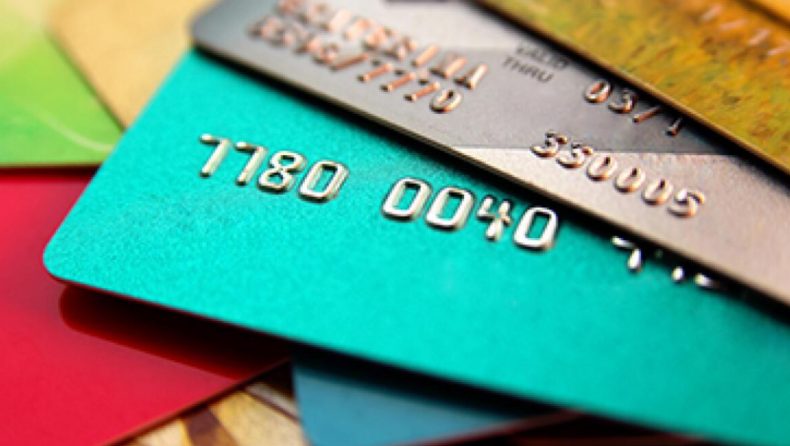In the recent MPC meeting by RBI, it was announced that credit cards can be linked to UPI. This decision enables a wide range of transactions online.

RBI had formerly discussed its initiatives to boost digital transactions. Governor, Shaktikanta Das, stated that this decision will widen the scope for payments. In May, 594.63 crore transactions amounting to Rs. 10.40 lakh crore were processed through UPI. Transaction. UPI has for the first time crossed the ten-crore mark. National Payments Corporation of India (NPCI) aims to have $1 billion worth of transactions in a day over the next few years.
According to RBI’s data, there are 26 crore unique users and 5 crore merchants on board with UPI. The linking of credit cards will first start with RuPay cards provided by RBI-promoted national banks. Rupay cards had captured 60 percent of the market in 2020. However, it is leading in the debit card market. Whereas the credit card market is led by Visa and Mastercard. Firstly, the RuPay cards will be permitted following Visa and Mastercard. Till now only debit cards were permitted to link but with this step the payment scope has widened.

There is no Merchant Discount Rate (MDR) charged on UPI and Rupay debit card transactions. On the other hand, credit card transactions charge a high MDR of up to three percent. There has been no clarity yet about the new change. About the MDR charges and fee structure, it was stated that it will soon be updated. Moreover, credit card transactions require two-step authentication, and questions on its application through UPI are discussed.
The recent MPC meeting also discussed the increasing inflation and its action was raising the repo rate. Banks are on the way to changing interest rates on loans. Insurance policies are also subject to change with the new RBI decisions. With all these changes banks will also have to incur their credit card fee structure with UPI platforms to make it easier for users.













